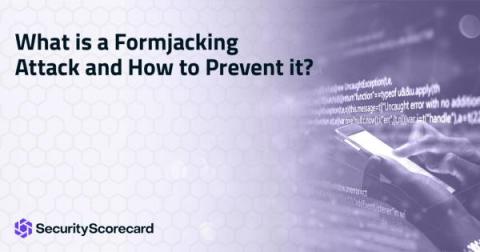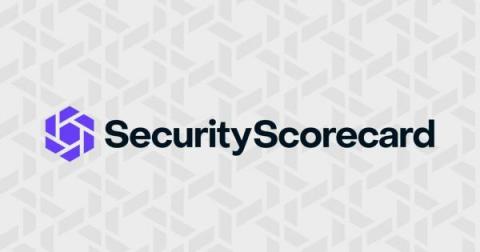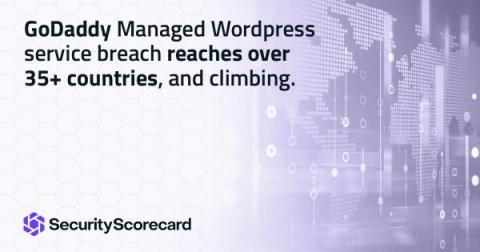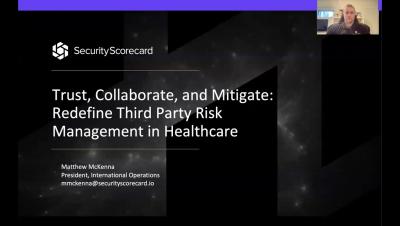Security | Threat Detection | Cyberattacks | DevSecOps | Compliance
Risk Management
More SEC Talk on Cyber, Internal Control
Which NIST Framework Is Best For Your Organization?
What is a Formjacking Attack and How to Prevent It?
Last year, as most people were stuck at home, many of us became even more dependent on e-commerce sites than we were already. Unfortunately, that includes cybercriminals too. In 2020, scams targeting the checkout forms of online retailers rose by 20%, according to reports.
5 Steps to Become PCI Compliant
What Is an Internal Penetration Test and How Is it Done?
Risk Assessments and Internal Controls
Guide to Performing a Data Risk Assessment
Most companies know how to engage in a security risk assessment. However, the first step in the security assessment process should be engaging in a data risk assessment. While the two sound similar, they provide different insights. This guide to performing a data risk assessment explains what it is, why it’s important, and how to engage in one.
GoDaddy breach impacts 35+ countries. Here's what to do next.
This week, the popular web host GoDaddy reported that it experienced a serious data breach impacting 1.2 million customers. Is your organization at risk, and what should you do? Here’s what you need to know.






